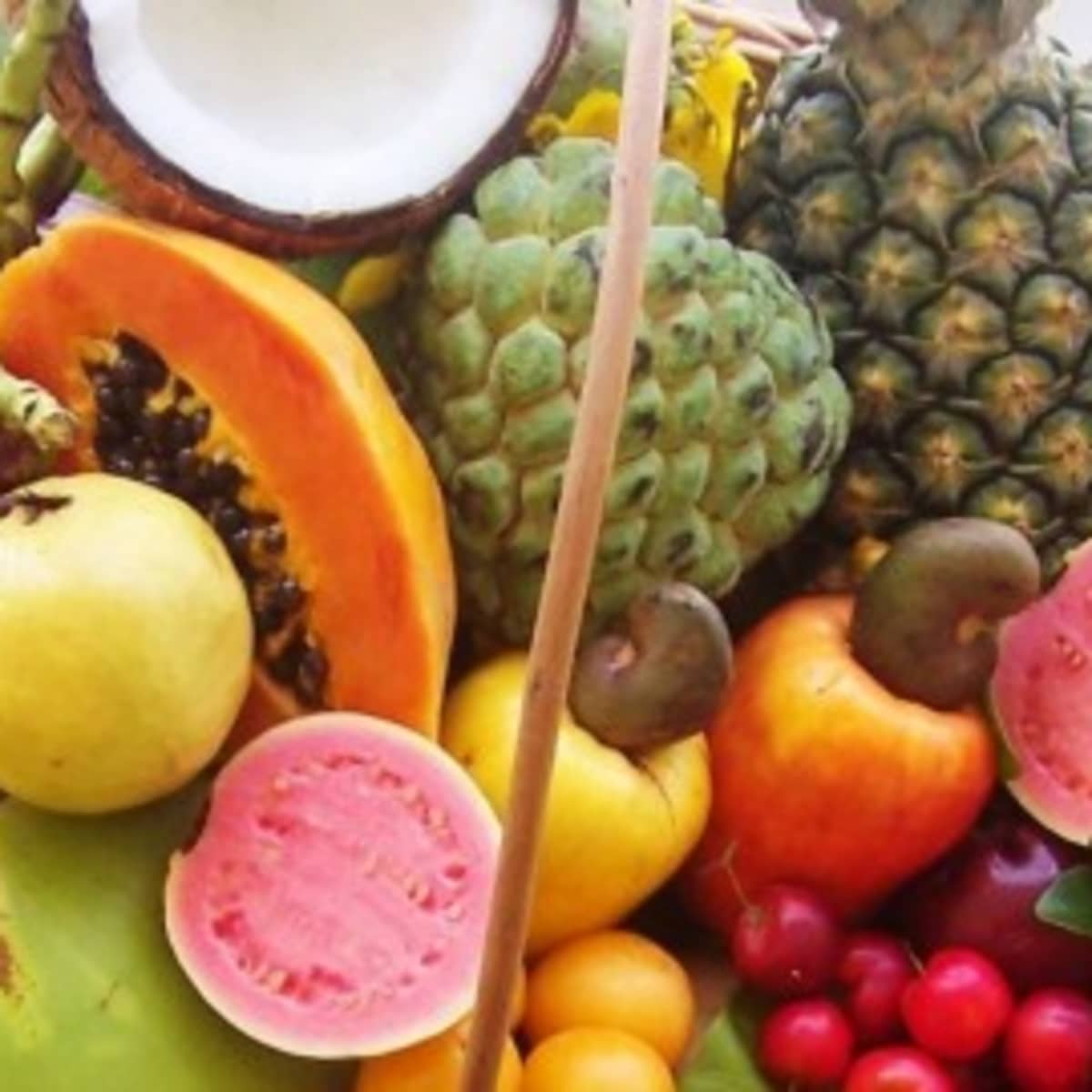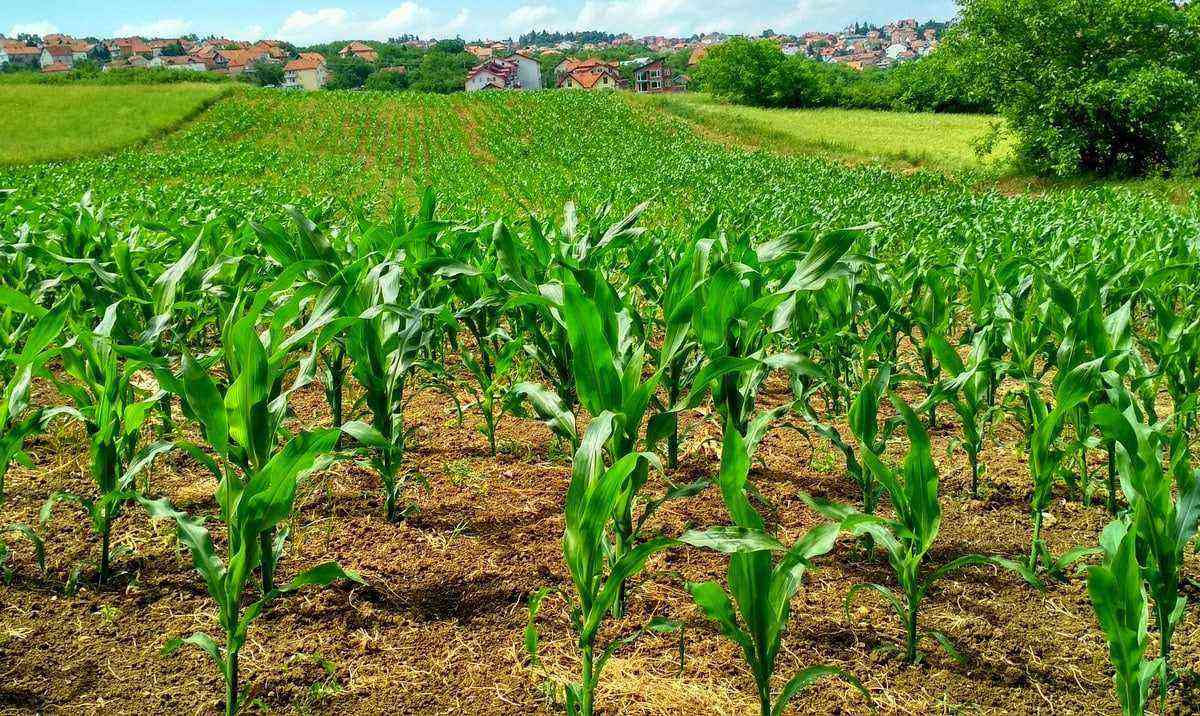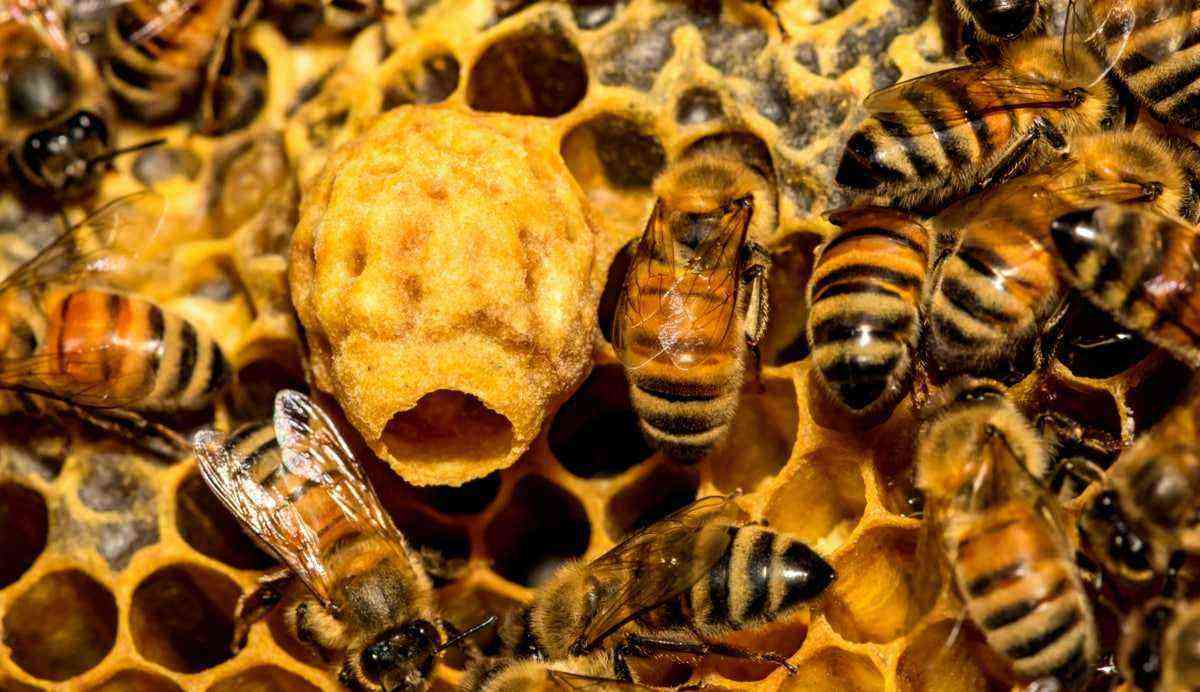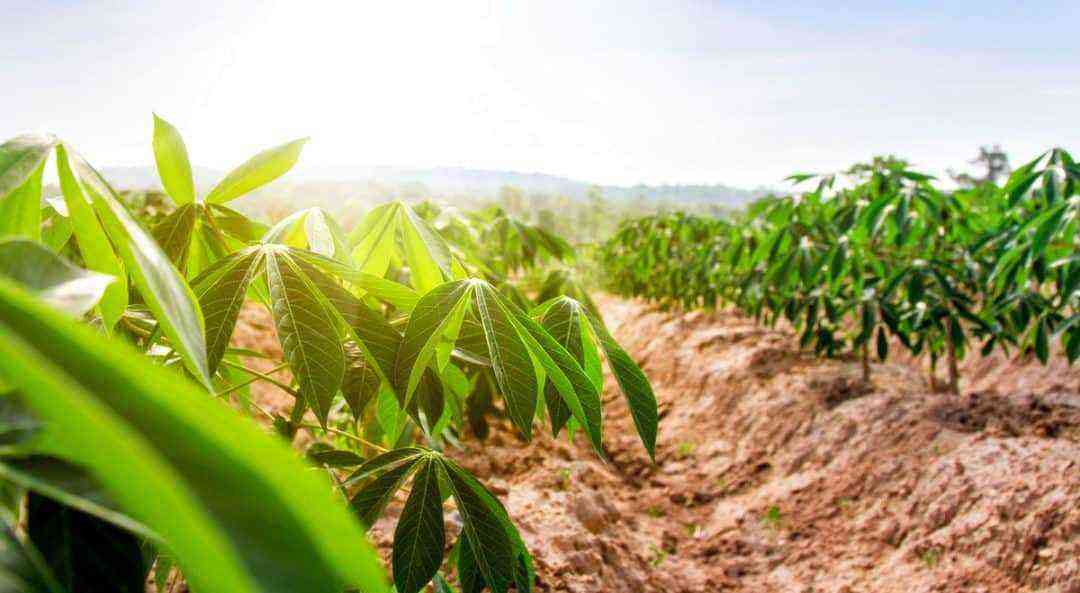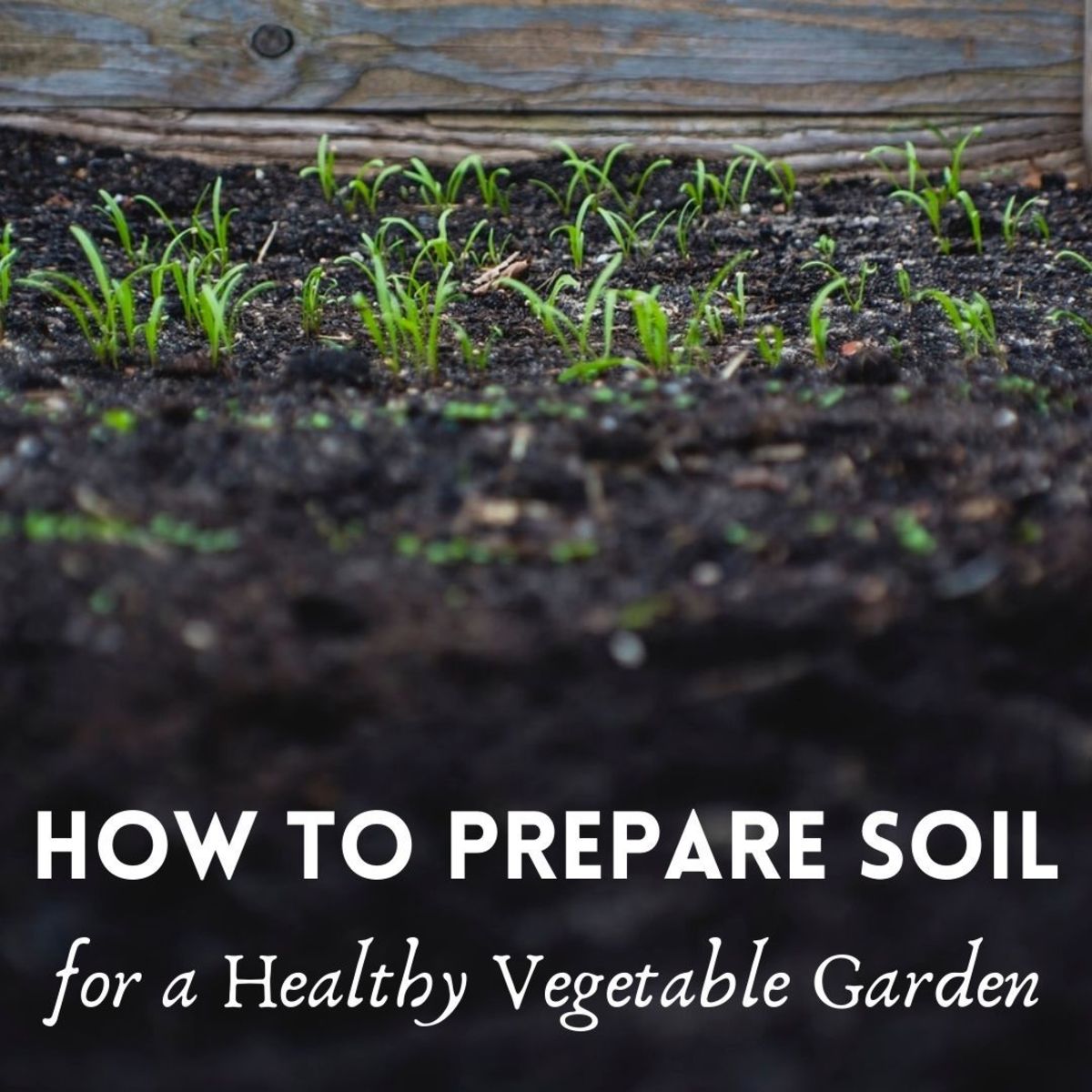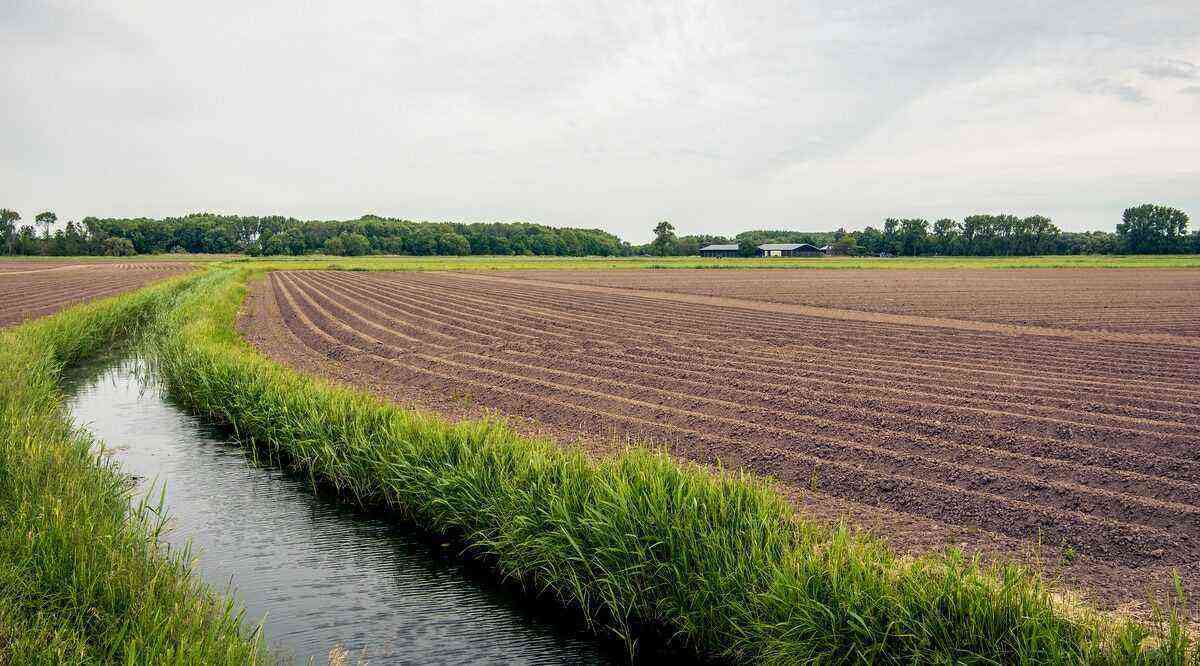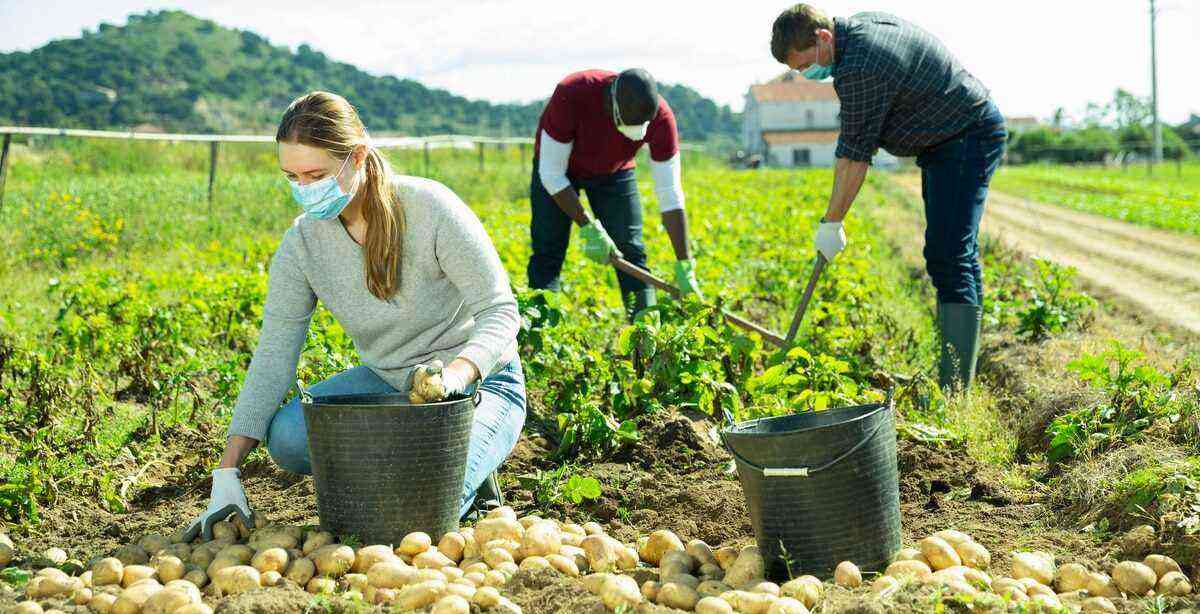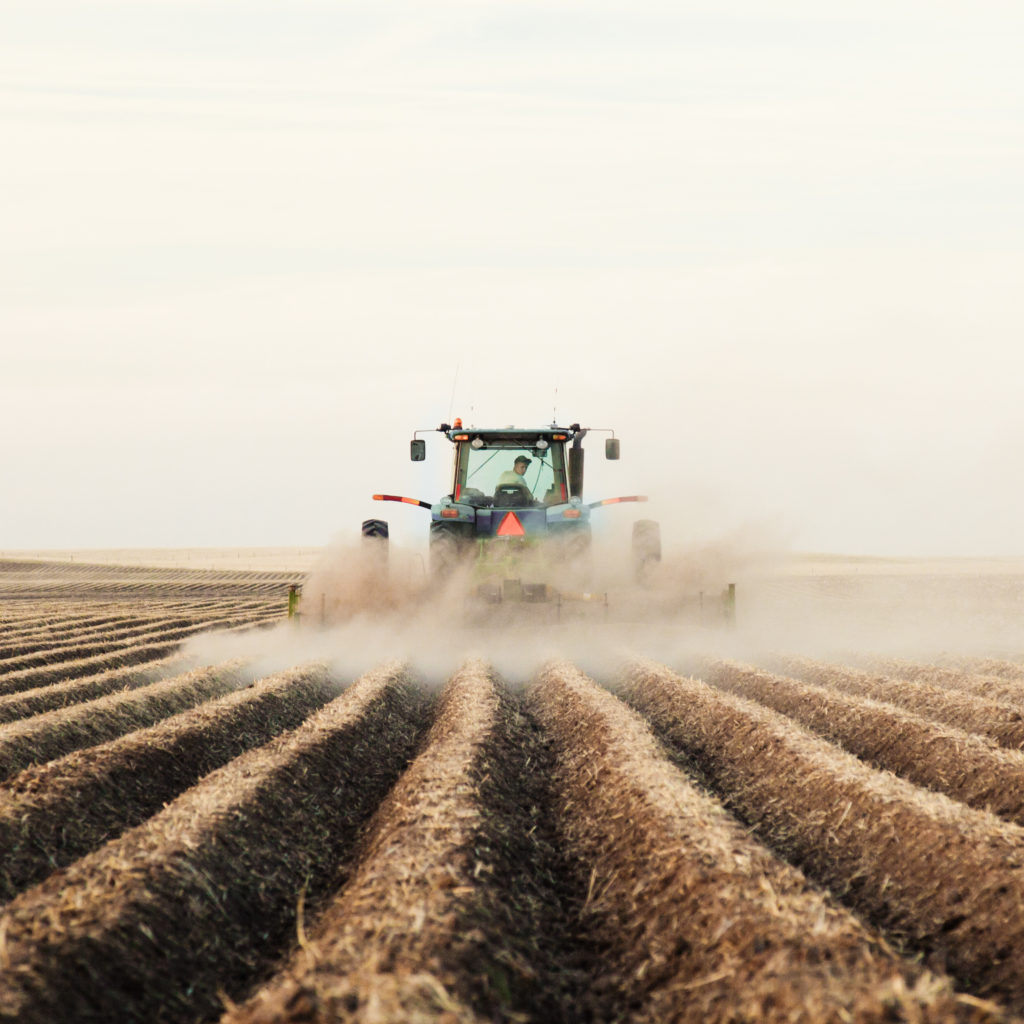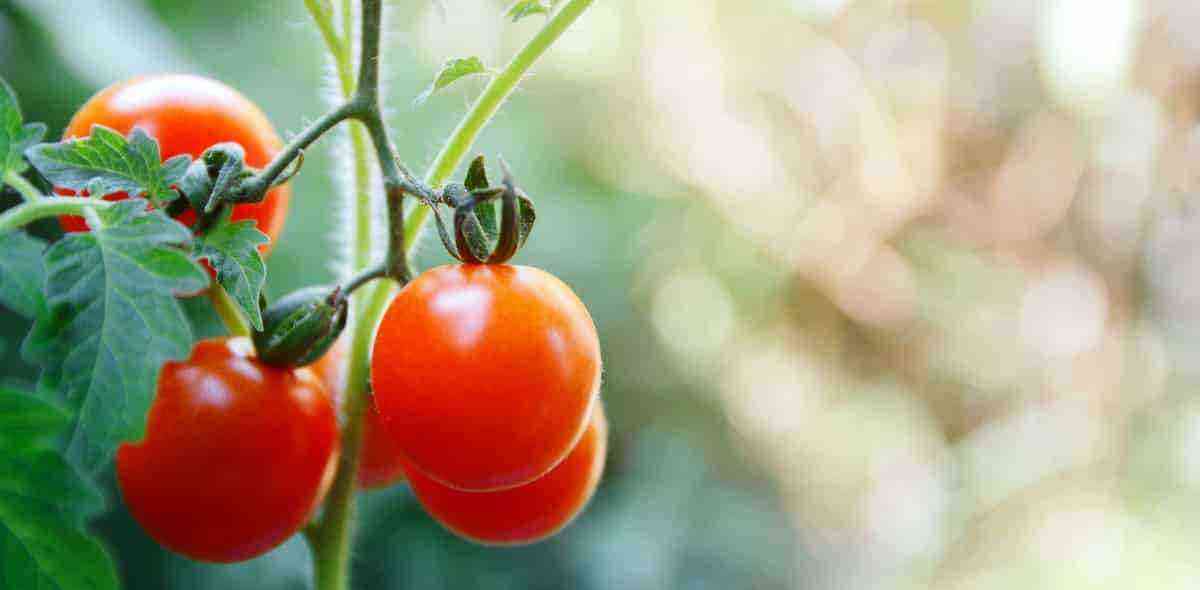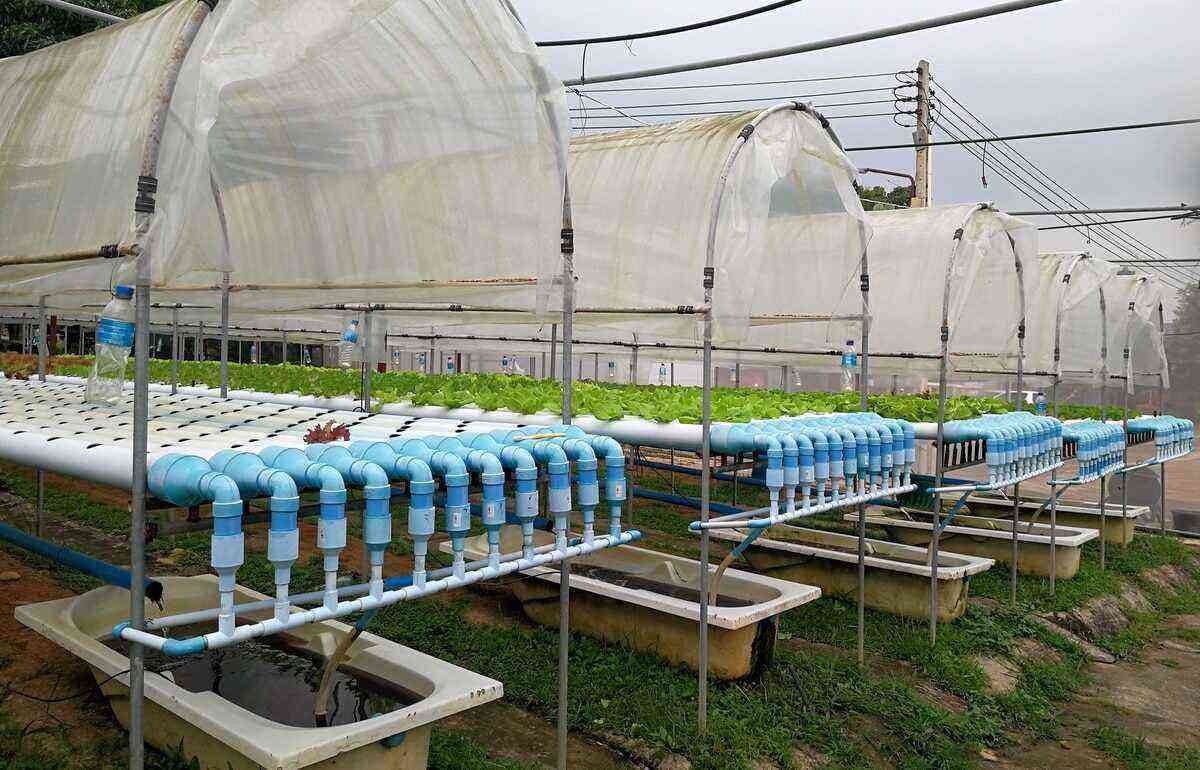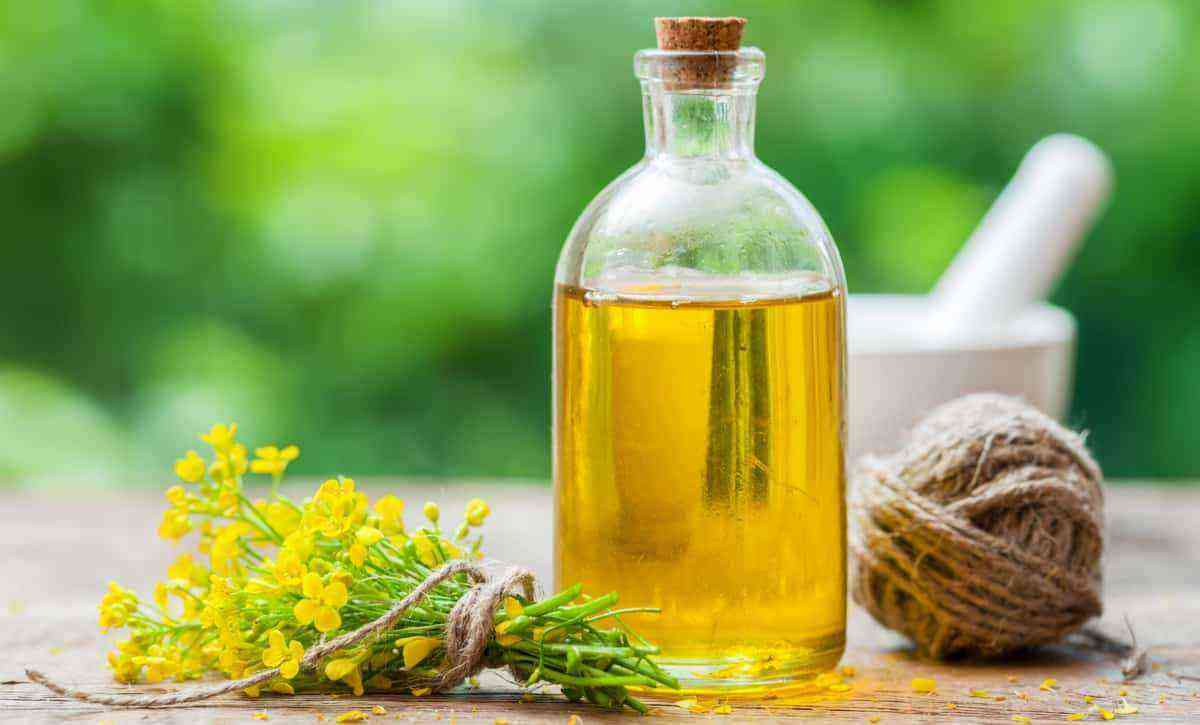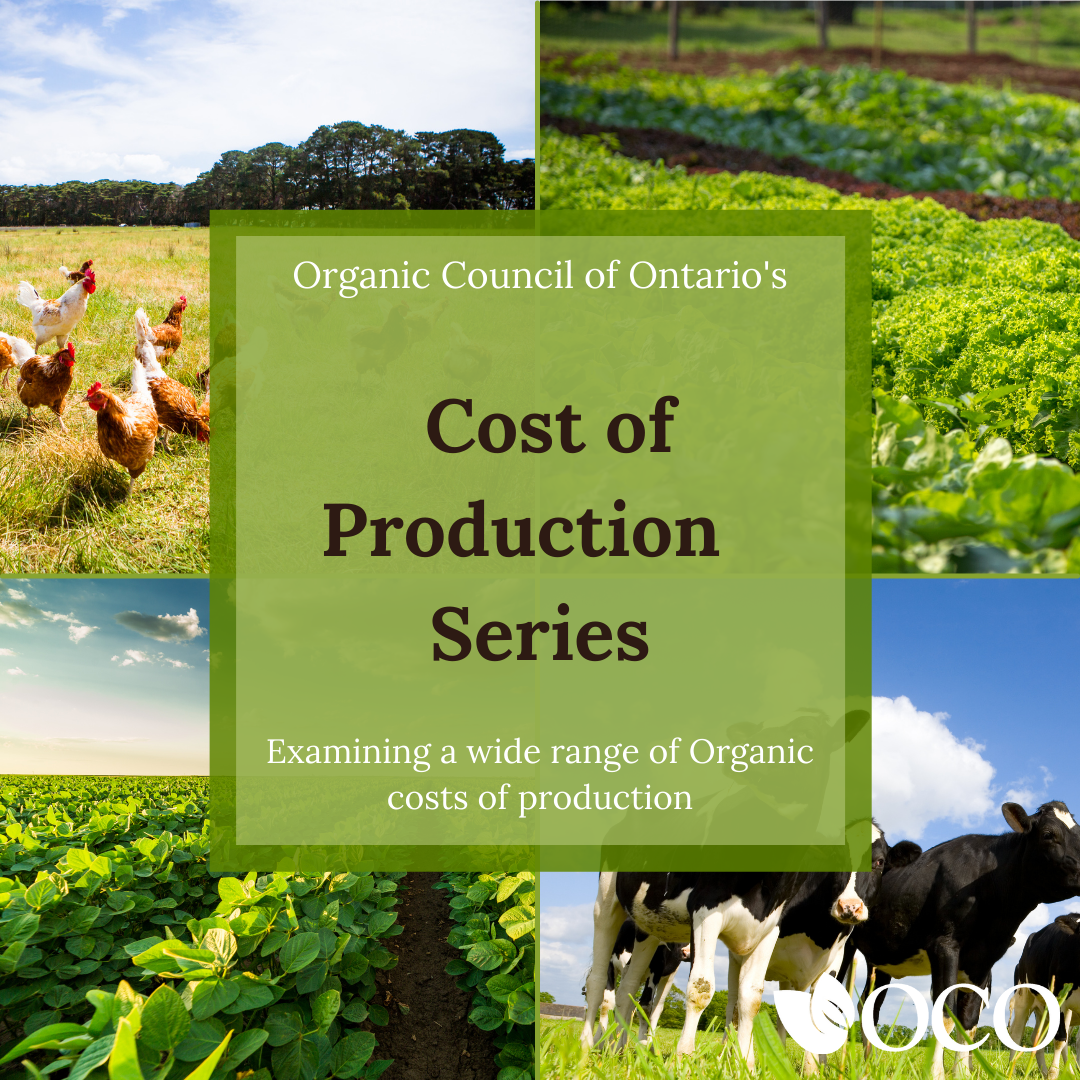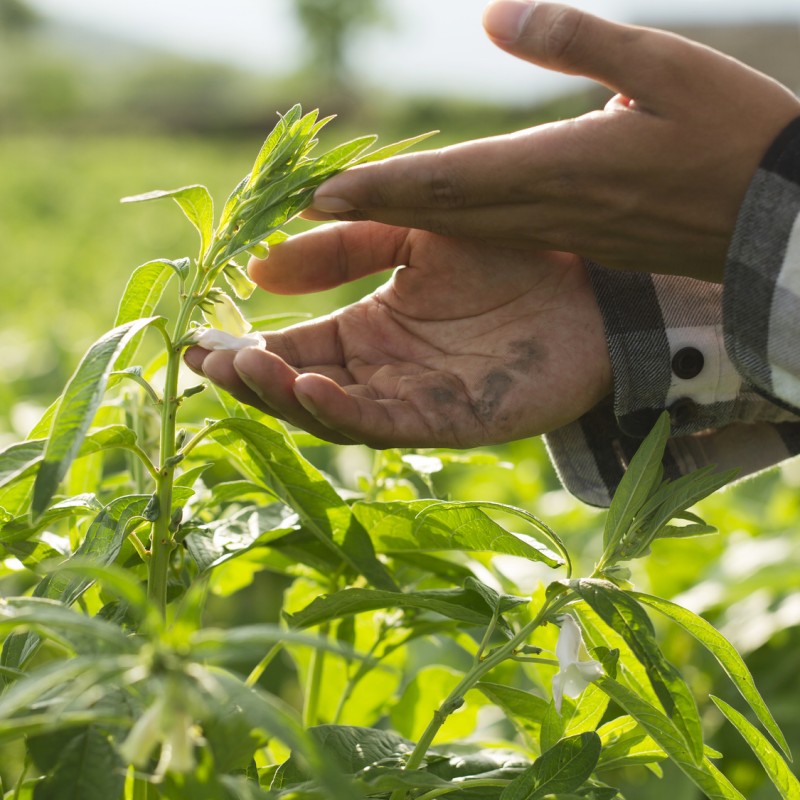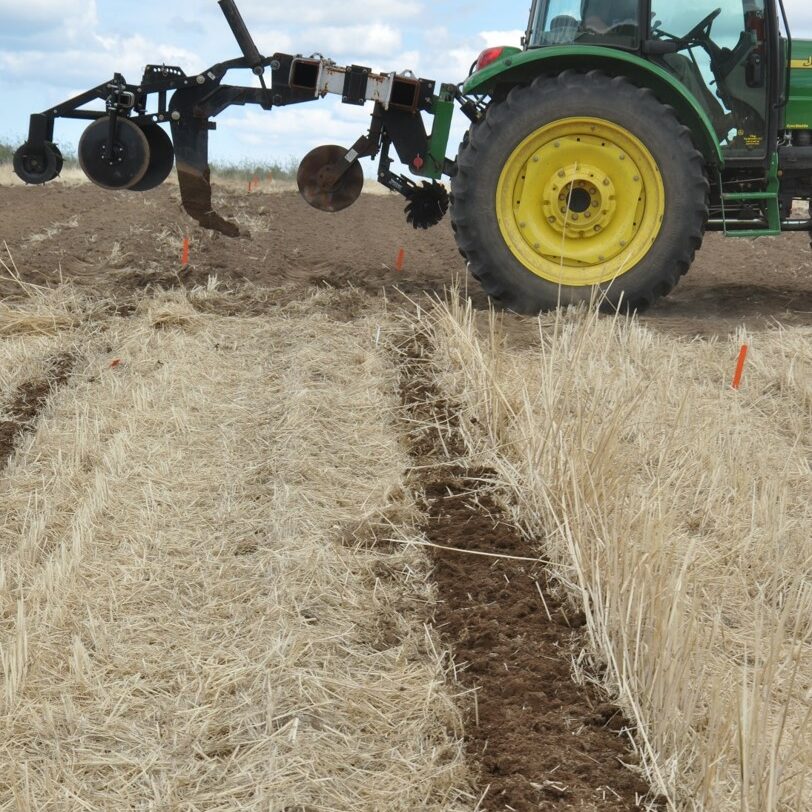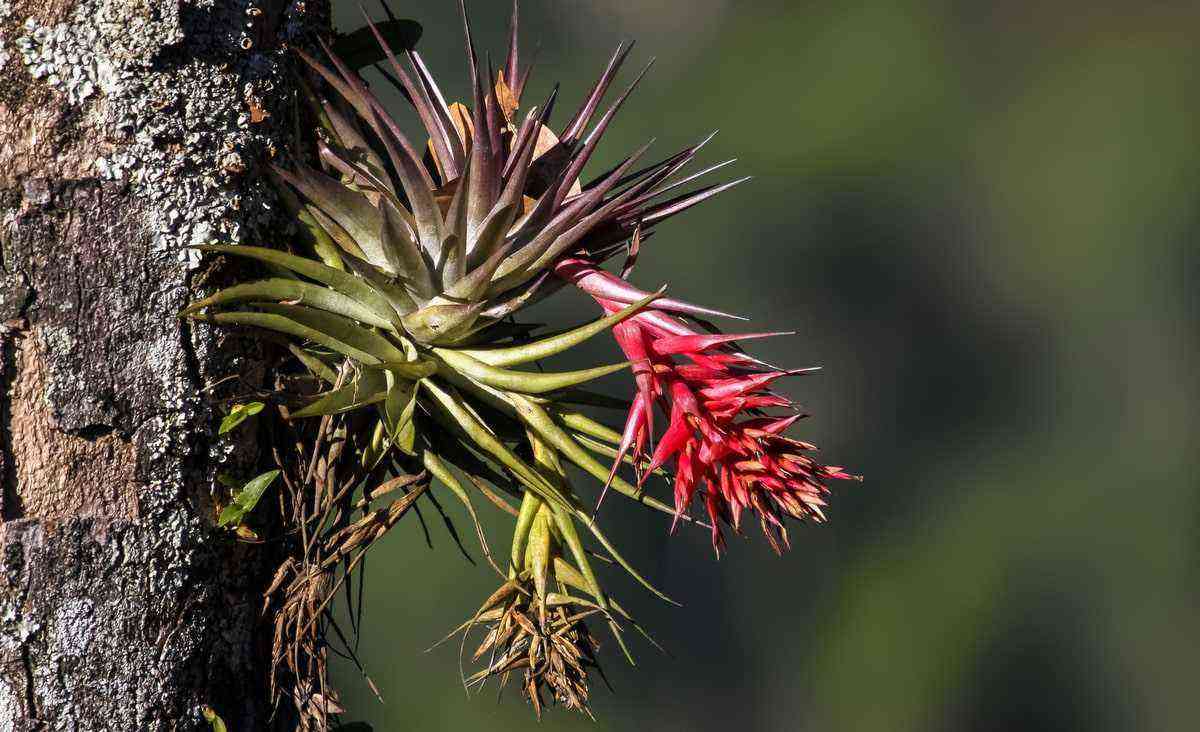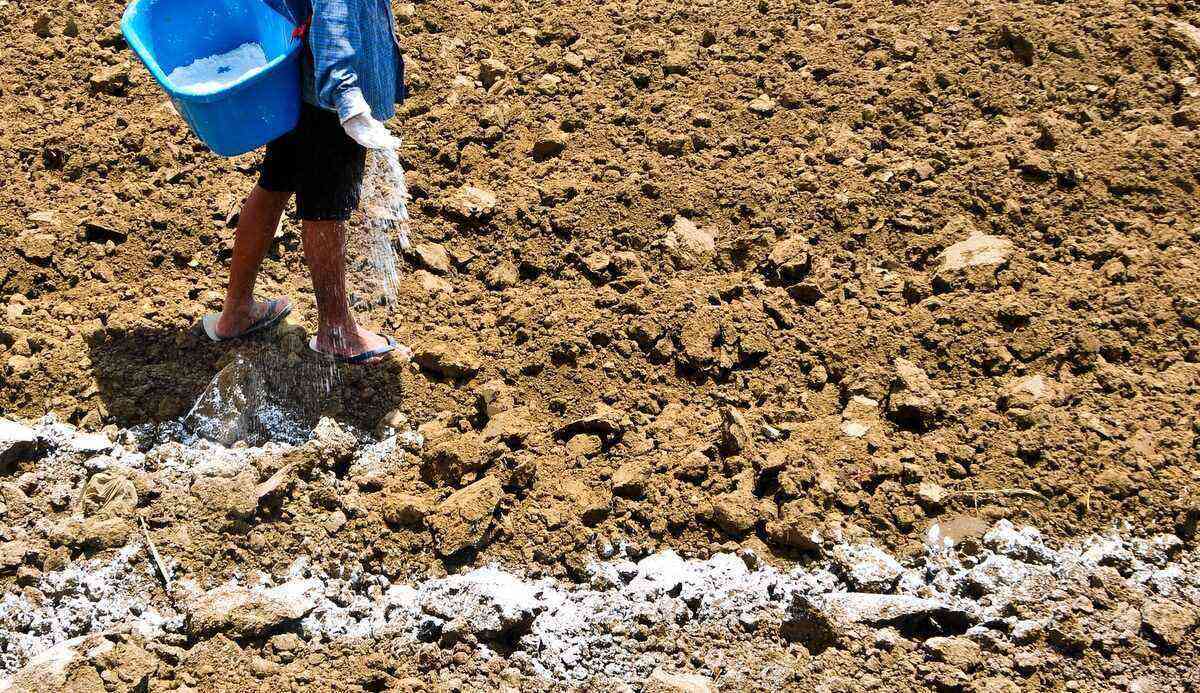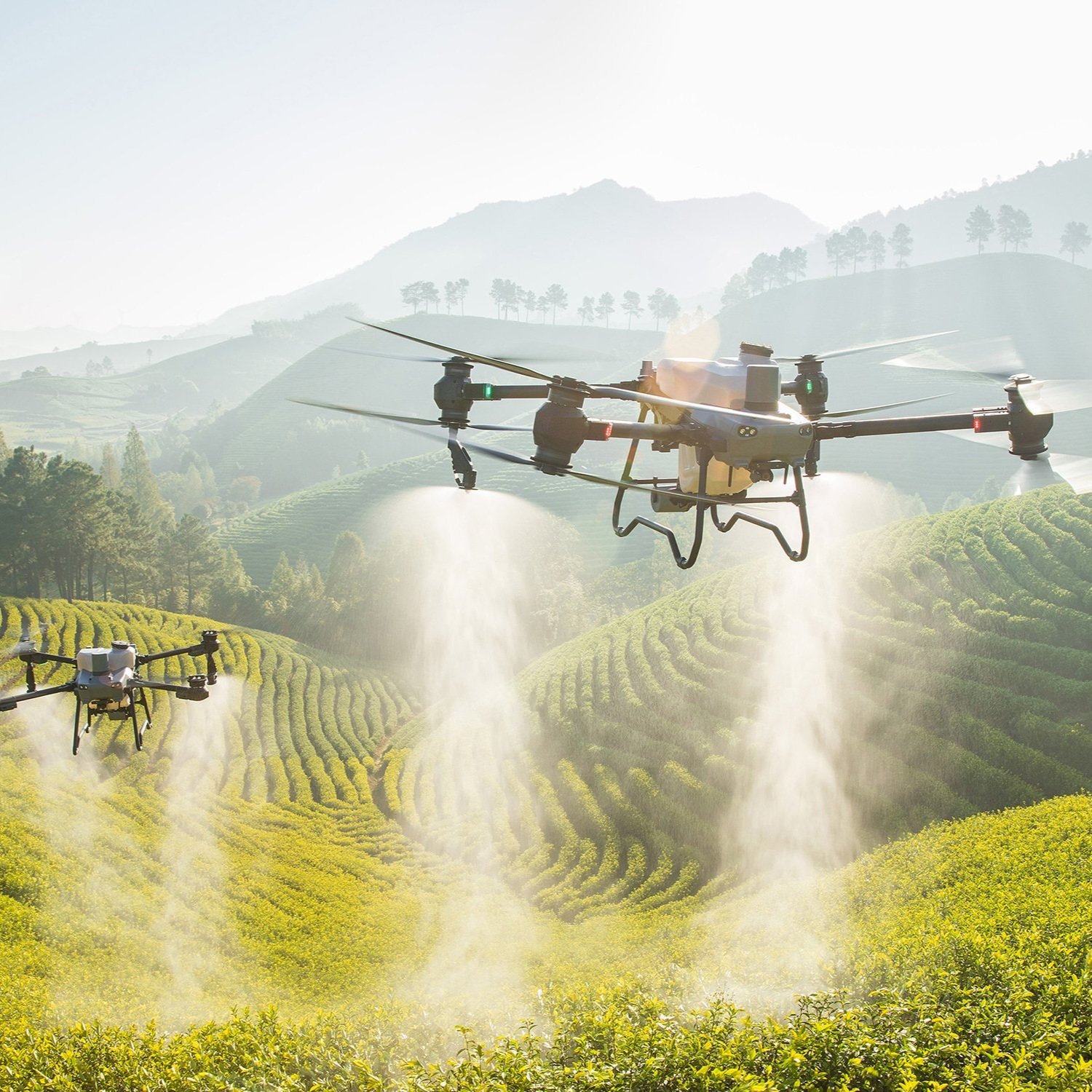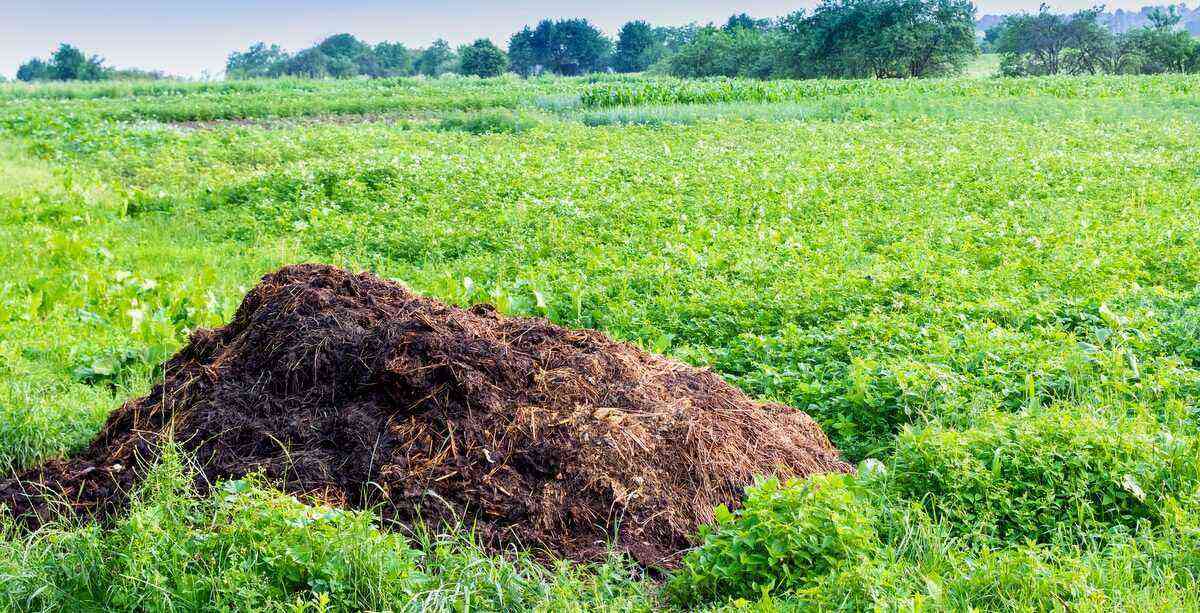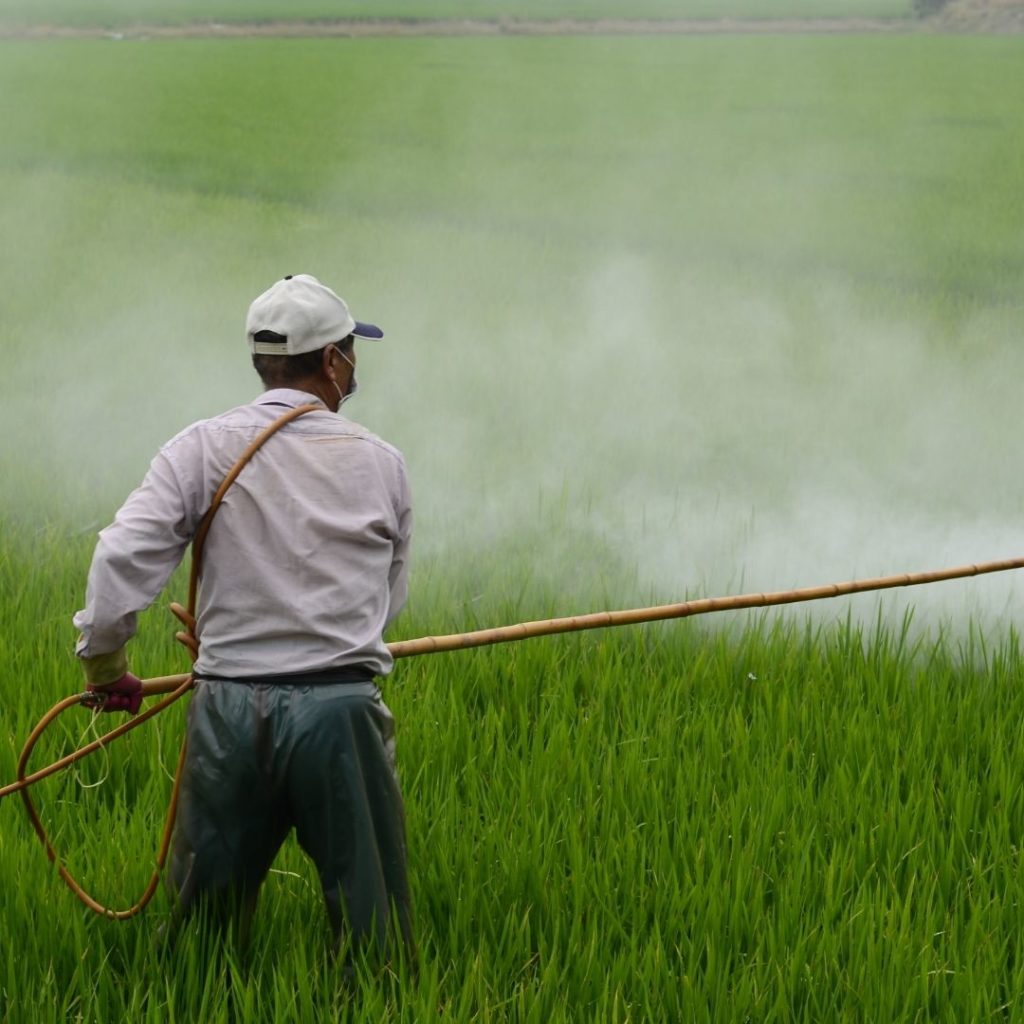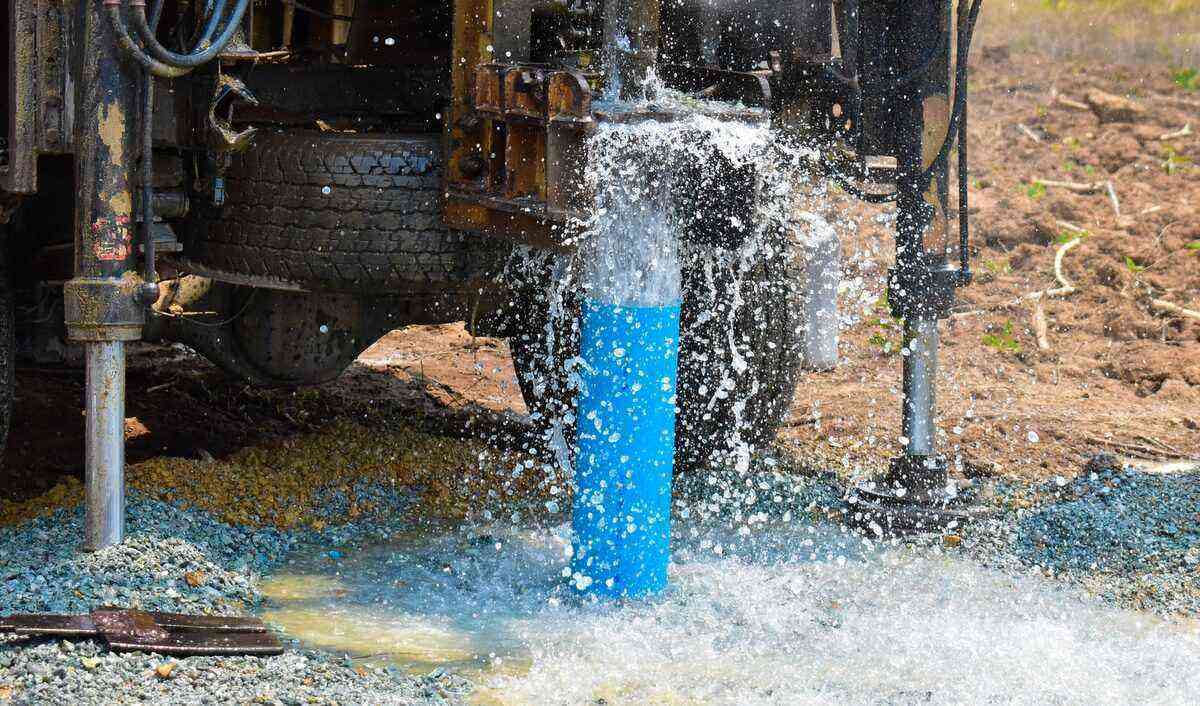A incubates (brassica oleracea) is a vegetable consumed throughout the country, being widely used, for example, in the so-called “detox juices”, as well as in the green broth, in addition to being an obligatory accompaniment to the traditional Brazilian feijoada.
Kale is so “famous” that it receives adjectives such as: “the new meat”, “the queen of greens” and “a nutritional powerhouse”, certainly because of the health benefits it provides.
It is a food rich in fiber, iodine, calcium, potassium, sulfur, magnesium and omega 3, in addition to vitamins A, B1, B2, B6, C and K. In addition, it has low calories (100 grams are equivalent to 27 cal ).
In this article, we will explain how to plant and grow kale in the backyard or in pots, and also talk about the benefits of its consumption. Good reading!
How to plant cabbage?
First, it should be noted that there are different varieties of cabbage. The best known are: Portuguese, Galician, Lombard cabbage, curly or Savoy cabbage, Brussels sprouts, horseradish and cauliflower, among others.
In fact, regardless of the variety you choose, having kale at your disposal and using it in everyday recipes or in green juices is easier than you might think. You don’t have to worry about space, because your planting can be done in a large bed or in small places. Works in both environments!
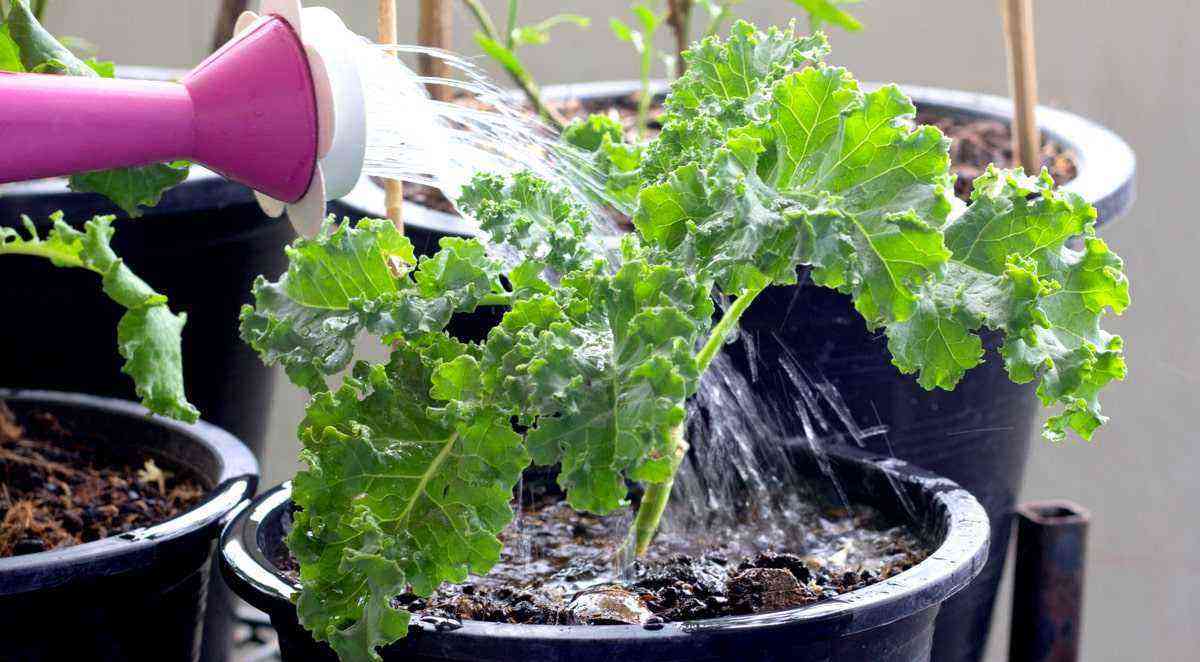
If you don’t have space or live in an apartment, you can plant cabbage plants even in pots.
In the case of having a small balcony or living in an apartment, for example, the option of planting cabbage is in containers, such as a pet bottle (how about recycling?) or plastic pots.
If you are going to plant the seedlings, there are two options. The first one is to buy directly from a nursery, however, if you already have adult plants, just remove the shoots from the base, at least 20 cm high.
If you are going to use the buds, place in a glass containing water until the roots appear. Then they can be planted in the ground.
In the case of cements, planting can be done directly in the ground, with a depth of 1 cm, and germination normally occurs within 15 days.
It is also important to observe a spacing between the seeds and seedlings at the time of planting. Depending on the space, you put:
- 50 cm to 1 m between the lines;
- 25 cm to 50 cm between as plants.
 The planting of cabbage can be done in beds and cultivation is very simple. The important thing is to have a soil rich in nutrients.
The planting of cabbage can be done in beds and cultivation is very simple. The important thing is to have a soil rich in nutrients.
Read also: Urban vegetable garden: what it is and how to implement it.
Care in growing and harvesting
The planting of cabbage can be done throughout the year. That’s because it grows well in hot and cold climates. However, the pleasant climates provide better development in their cultivation.
In addition to observing the climate, it is important to fertilize the soil well. In this sense, the most suitable is organic fertilizer, using cow or chicken manure, incorporating from two to five kilos per square meter.
However, there is also an option to use chemical fertilizer, NPK type, according to soil analysis.
It is worth considering that the quality of the seedling or seed will also impact the good development of the plant. Therefore, try to water the seedling well while it is taking root. And if you are going to use seeds, give preference to certified ones.
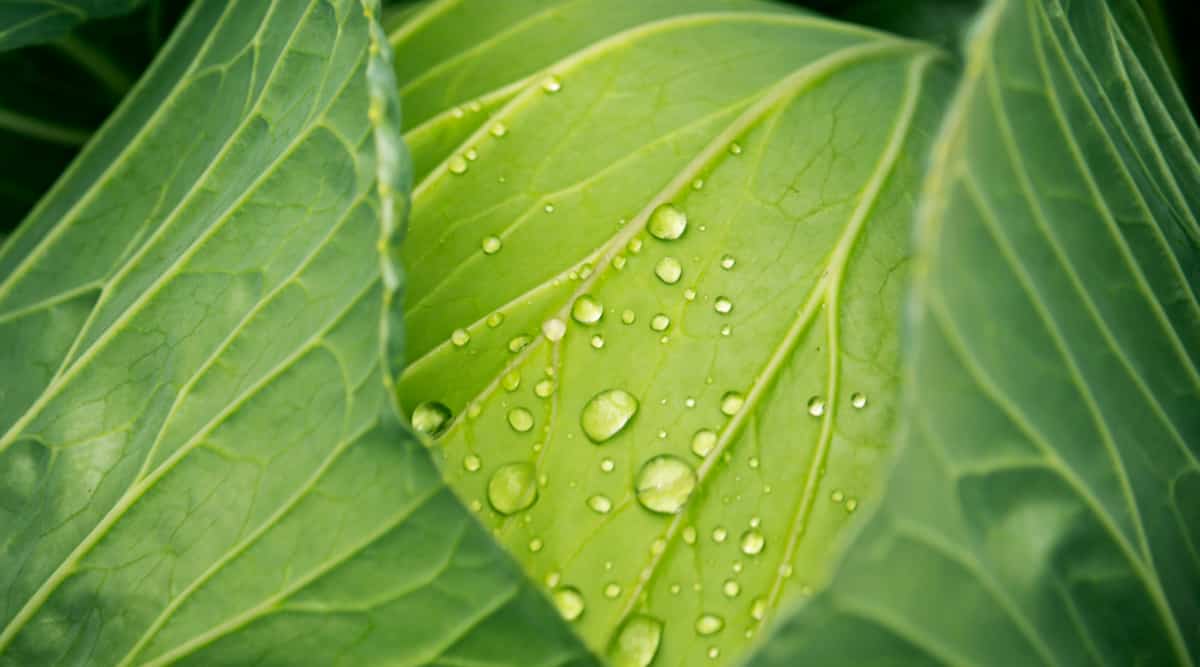
In addition to soil care, which must be well fertilized, cabbage also needs good irrigation.
Kale grows well in moist but not soggy soil, so you can add mulch to keep it in optimal condition.
With regard to pests, be aware of caterpillars and aphids, as they are the ones that cause the most damage in cabbage plantations.
In addition, following all the recommendations given above, in about three months you will be able to harvest the first cabbages.
But a tip: when harvesting, it is recommended to leave the plant with at least five leaves, so that it can develop again and for a long time.
Benefits of kale for your health
Kale has vitamins and minerals in its composition, namely: iron, calcium and potassium, as well as antioxidants that contribute to prolonging the lifespan of cells.
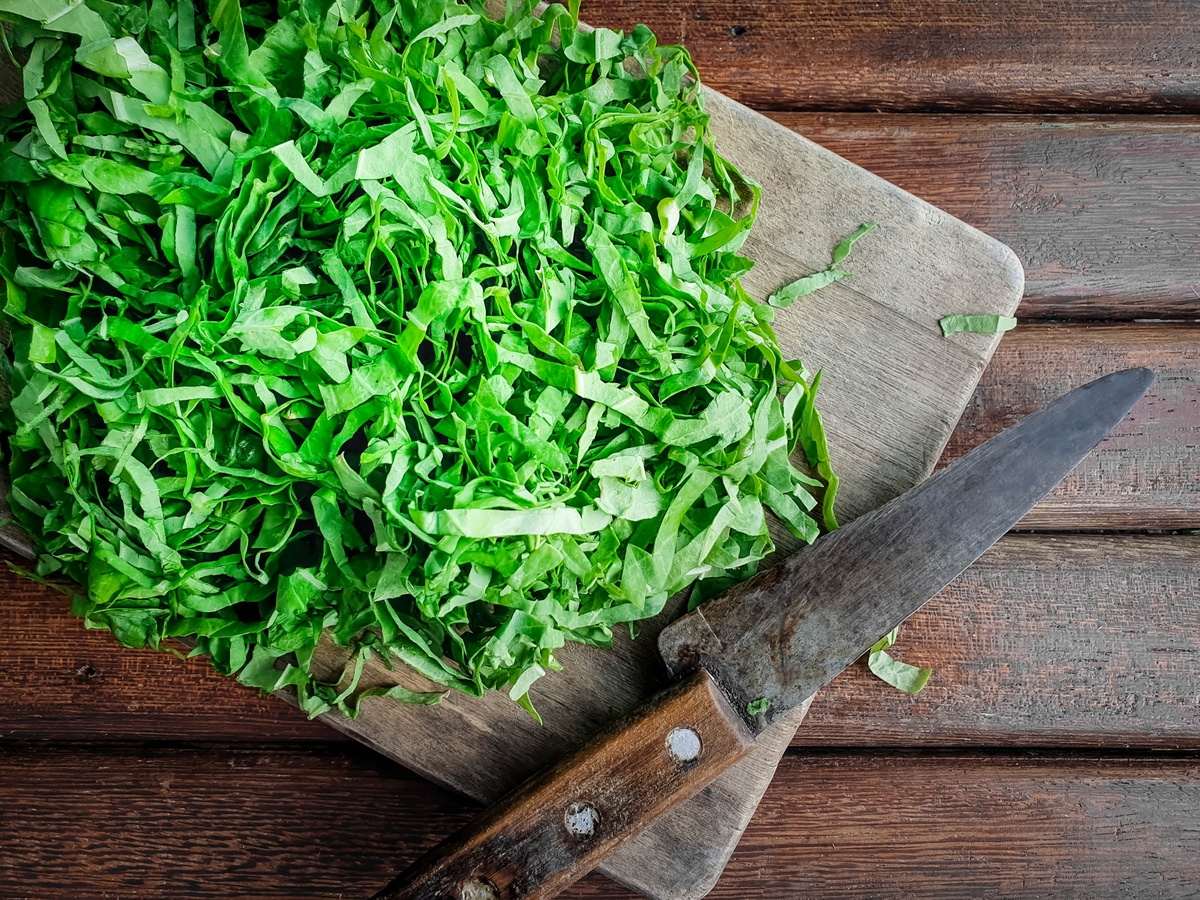 Cabbage is a food rich in folic acid, being very suitable for pregnant women, as it contributes to the formation of the baby’s bone marrow.
Cabbage is a food rich in folic acid, being very suitable for pregnant women, as it contributes to the formation of the baby’s bone marrow.
Also check: Mint: how to plant at home and the health benefits.
The main health benefits of kale are:
- Contributes to the regulation of the intestine and combats constipation;
- In the treatment of anemia;
- Combats fluid retention;
- Strengthening bones and teeth;
- It helps to prevent some types of cancer.
use in cooking
Cabbage can be eaten raw, in the form of a salad or sautéed. However, a tip: if you are going to sauté, the ideal is to leave it “in the fire” for as little time as possible, as this will preserve the enzymes, cofactors, phytochemicals and micronutrients.
In addition, as mentioned at the beginning of the text, cabbage is also widely used to make detox juice. Check out how to prepare it in the video below:
Anyway, now that you know how to plant cabbage and know its health benefits, here’s the tip to include this vegetable in your vegetable garden at home or even plant it in a pot.
By the way, to increase the variety of food in your garden, we also recommend reading our text on how to plant okra. Check out!
